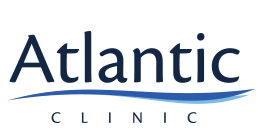Ultrasonic Rhinoplasty (Nose Job)
Post by: Atlantic Clinic on 07 May 2022
Rhinoplasty is one of the most frequently performed cosmetic surgery interventions in the world. Due to the great impact that the nose has on beauty and facial expression, a good result after the intervention has a positive effect on both the patient’s health and aesthetics. When planning nasal surgery, we must bear in mind that […]
Read More...







